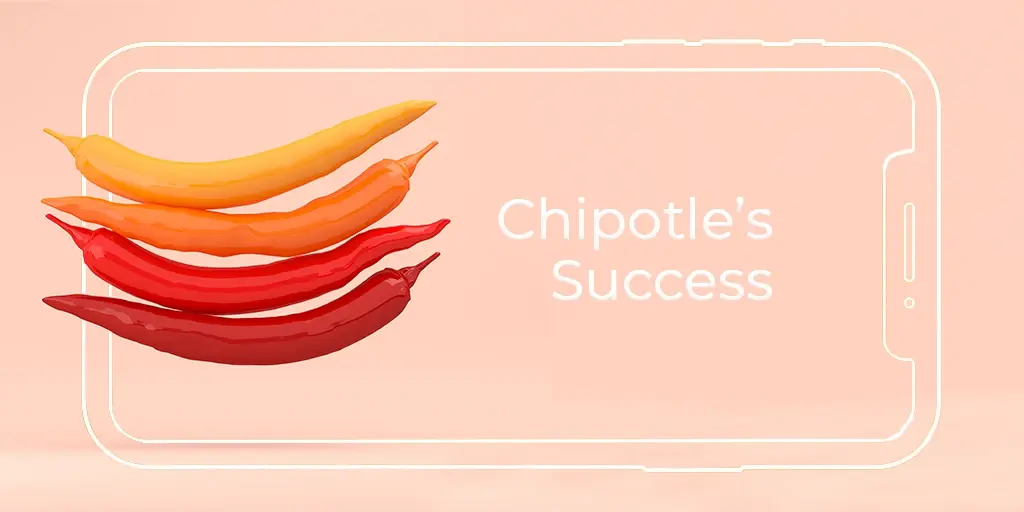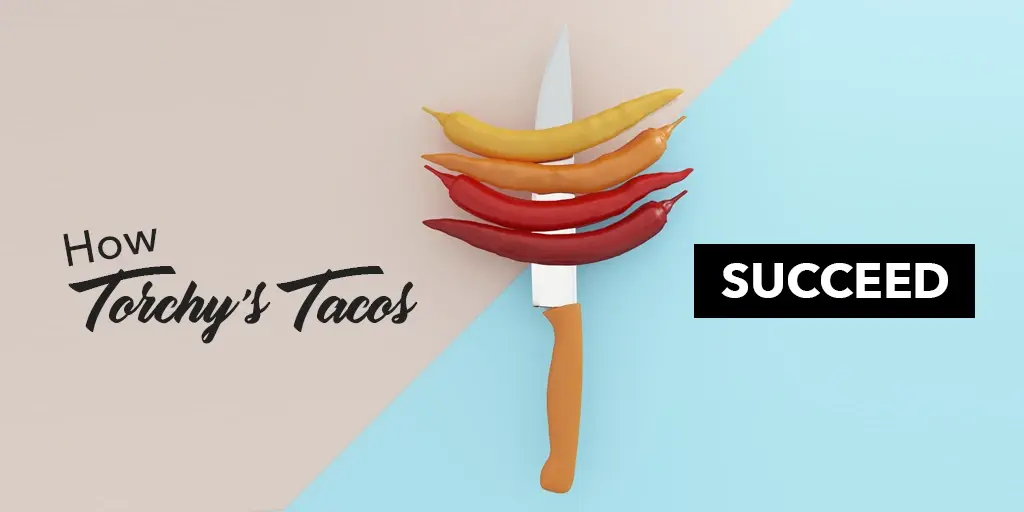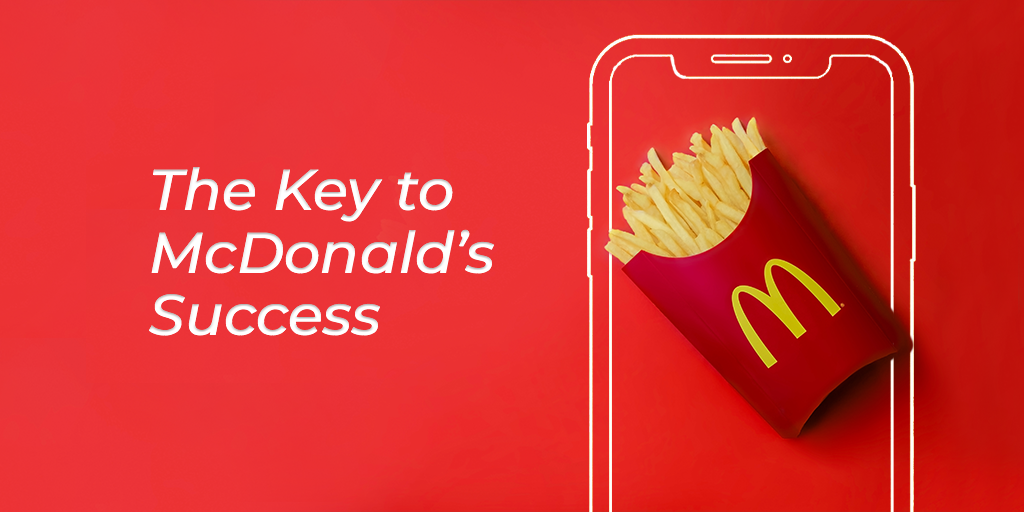Subway’s journey from inception to global success has been an inspiration to many, including all of us here at Workstream. Having partnered with several Subway owners to rebuild their hiring processes over the past year, we felt like it was fitting for us to share their road to success, along with key strategies they have adopted to thrive in a COVID-19 world.
55 years ago, Fred DeLuca was inspired by Peter Buck to start a sandwich shop in the hopes of paying off his college tuition. With an initial investment of $1000 from Peter, they began their business relationship and opened their first submarine sandwich store in Connecticut, USA.
The duo served fresh, affordable, made to order sandwiches which gained traction over time. In 1974, they made the decision to begin franchising, catapulting the brand into decades of remarkable growth. These sandwiches are now affectionately known as 'Subs' all across the globe.
This is the birth story of Subway, one of the largest quick service restaurants (QSRs) with over 40,000 stores worldwide.
Subway did not gain popularity overnight - it was their consistent effort to scale their operations and innovate that brought them to where they are today. Let's take a look at how they took 'Make it what you want' quite literally and paved their way to success, a $5 footlong at a time.
The Growth of Subway
The decision to begin franchising was pivotal in the initial growth of Subway, especially considering their humble beginning in Connecticut. With franchising opportunities, the Subway brand was able to gain recognition on a global scale.
In 2000, Subway became the first U.S. quick service restaurant to operate in Tanzania. At that time, they had more than 2,700 Subway chains operating in countries outside America and Canada. They then ventured into non-traditional locations in the following years, opening stores in military facilities, hospitals and retail stores.
By December 2008, they were crowned with the top honor in the Annual 'Franchise 500' rankings by Entrepreneur magazine for the 16th time. With more than 30,000 locations in 87 countries, they attributed their success to the support of their franchisees over the years.
Even in the midst of a global recession, Subway continued to grow. This was possible through the constant re-examination of their strategies. One such example is changing their 10 markets of focus according to the rates of growth in comparison to what was initially anticipated. This was done by classifying markets into high growth-potential territories.
As a QSR owner, consider how franchising will help in expanding your business. If your goal is to open many stores worldwide, that is close to impossible to do alone. It is also equally important to be aware of the business environment, through strategizing and classification. This will allow you to correctly identify which markets to break into.
Subway’s Business Model
Primary Business Model
Subway's business model primarily revolves around their franchise-only system and non-traditional units. Franchising allows them to open many stores across the globe, raise awareness for their brand and reach the masses. They also operate with a focus on keeping costs down and profitability up, which allows them to remain affordable to franchisees.
Most of Subway's growth and success is attributed to their franchise-only model. They realized that their best avenue for growth was through franchising and owner-operators, since entrepreneurs are motivated for the store to do well. This meant that franchisees were more likely to put more effort into growing the business, especially since their livelihoods depend on its success.
As a result, Subway continues to operate using a 100% franchise model till today, and it doesn't end there.
Motivating Franchisees
Subway motivates franchisees to do their best, by giving out 'Franchisee of the Year' and 'Development Agent of the Year' awards in their conventions. These awards recognize the efforts and accomplishments of franchisees - from adding new stores to building sales, increasing profitability and achieving excellent store evaluations.
Franchisees are also provided with guidance in running their businesses. Subway Development Agents help franchisees and are crucial in maintaining the growth of Subway's brand in their respective regions.
Non-Traditional Units
Daring to venture into non-traditional units is also a pivotal part of their business strategy. By putting together a proprietary model, they are able to analyze the economical impact and potential growth in the country. This allows them to plan and optimize their store openings in places where they can have a large number of restaurants and a faster impact on the economy.
One of their franchisees was innovative and opened his store in a convenience store, something that was deemed impossible and unconventional to many. However, this step made it possible for Subway to leverage on low cost of entries, while benefiting from the vast number of convenience stores across the country. Therefore, by incorporating both franchising and non-traditional units, they are able to break out of the norm and tap on new opportunities.
Furthermore, non-traditional outlets (think: airports, transportation hubs and Walmarts) allow them to reach more customers. These are people who might not have even considered Subway as an option previously. This helps in raising awareness of their brand and improving their business opportunities.
Having a Vision and Goal-Setting
Another key factor is having a vision and setting goals to reach it - this started off with DeLuca aiming to have 32 stores in the first 10 years of operation. It led to the concept of franchising, as he realized that he would not have been able to meet his goal alone. He then aimed for 5,000 stores in 1994, which was achieved by 1990, leading up to 10,000 stores in 1994.
Now, in 2020, they have over 40,000 stores worldwide - an incredible feat which would not have been possible without their goals, grit, franchise strategy and willingness to embrace the unconventional.
Similar to Subway, it is crucial to first start off with a goal in mind, and thereafter create a focused business model to reach these goals.
Here are some questions to keep in mind: What is the value proposition of your brand? How would you be able to reduce operational costs? How should you develop and maintain relationships with your stakeholders? These are all essential in formulating a business model that works for your brand.
Appealing to Consumers
Understanding Consumer Trends
By staying constantly abreast of consumer trends, Subway is able to understand what their customers want, and deliver to meet their expectations. In anticipation of the rise in delivery preferences, Subway expanded delivery options with third party providers. Some locations are even offering in-house delivery. To improve Customer Relationship Management, they also launched a loyalty program. This allows customers to collect points and redeem rewards, and make orders through their phones.
Subway has also managed to toe the line between fast-food lovers and health conscious customers, successfully catering to both. With the realization that customers prioritize value, taste and health, Subway ensured that their product offerings are in line with these expectations. It allowed them to rank first in the three criteria, far ahead of their competitors.
They also launched a national campaign targeting childhood obesity (F.R.E.S.H. Steps Childhood Obesity Prevention). This was done through promoting healthy choices in their menus, which further emphasized their standing as the healthier choice option in the fast food community.
Adaptability and Localization
Another key factor is adaptability. Their products are often localized to cater to the tastes of consumers in different regions, while at the same time retaining certain aspects (i.e. menu structure and size) to ensure consistency and familiarity across outlets. In Pittsburgh, they rolled out Subway pizzas, as Pizza is one of America's favorite foods. This is all while retaining the customization true to the Subway branding, where customers can decide on their pizza toppings to create a pizza that is uniquely theirs.
Localization comes with its own set of challenges. They have to take into consideration the existence of cultural differences - such as more conservative cultures. Customers and staff were initially awkward due to the new concept of personalization in the sandwich. However, they are able to successfully navigate these hurdles through appropriate training for their staff.
With their successful appeal to customers, Subway has managed to maintain their position as number one in consumer perception.
By knowing what your customers want, you can discover pain points and cater your product or service to meet their needs. Localization then adds a unique twist which would further appeal to customers in specific markets. There is a need to find a balance to ensure consistency so that your brand can be identified. In this case, Subway stuck to footlong sandwiches, knowing that it is their unique value proposition.
Going Digital
In a bid to adapt to the increasing trend towards digitalization, Subway created a digital revolution strategy dubbed 'Subway Digital'. This series of technological changes, starting with their mobile application, aims to create a new customer experience in line with the digital age.
Other foreseeable additions include
- the incorporation of kiosks
- collaborations through social media and social payment channels
- transparency to allow ease of access to nutritional information
By integrating a digital strategy, Subway is able to stay relevant, especially with Millennials and Gen-Zs, who are increasingly connected through their phones and social media platforms.
Subway launched their Facebook Messenger bot in 2017, allowing customers to customize their orders and make their purchases - alongside web and app ordering. As Facebook is one of the most widely used platforms, they were able to leverage on the popularity of the app and its features to improve their service offerings.
In 2018, they further improved the process by allowing customers to name and save their sandwich order preference in the app, a stored payment method, and one-click rebuying. A seamless transition of the order from the phone app to the store ensures that employees benefit from the improvements in technology as well.
Other features include
- Save-to calendar
- Sub Club loyalty program with cashback rewards
- Stackable discounts
- Rewards which are not automatically applied
This year, they partnered with Olo, a digital food ordering platform, to allow their U.S restaurants to handle digital orders from third party destinations. Opportunities to digitize are endless and Subway has been able to stay relevant with continuous technological updates. This only leaves us more excited for everything else to come in the following years.
Think of how you can bring digital transformation to your own QSR. Are there processes which can be made easier with technology? What will bring convenience to your customers? How can you ensure better customer relationship management (CRM)? Should you encounter a hurdle, think of the consumer journey and the possible pain points they face. This would help in diagnosing changes you could make to the entire user experience, especially in a digital aspect.
Constant Innovation
Apart from digitalization, Subway also takes part in constant innovation, to keep customers excited about their brand. They successfully ran a virtual reality competition in 2013, encouraging fans to create their own virtual stores online, monitor and drive sales, create a promotional video and complete an online interview.
The campaign allowed the brand to gain awareness. They were also able to engage young entrepreneurs and teach these participants more about what goes behind Subway, in a fun and interactive way. Through this hands-on activity, Subway was able to get more people excited about their brand, while at the same time inspiring many to learn more about their brand and consider a career with Subway.
Their innovations do not stop only in the digital sphere. After the introduction of premium ingredients like thick-carved turkey and Applewood-smoked bacon in their stores in 2016, 30% of their U.S. consumers mentioned that they were more likely to eat at Subway. The effects rippled in the younger demographics, as well as health-conscious consumers. 25% of their diners were first time or lapsed customers, proving overwhelming success.
In 2018, they partnered with Tastemade to develop new menu items. The Green Goddess Tuna Melt was a successful example of such innovations, where franchisees requested for the sandwich to be available even beyond the promotional period. These recipes incorporated key ingredients based on global trends that were gaining traction, such as deviled eggs. Having real-time consumer insights from Tastemade allows them to be ahead of trends, scoring brownie points with their customers who are more than willing to try out these new creations.
Continuous innovations over the years helps Subway in differentiating themselves from their competitors. It is especially crucial considering the oversaturation of fast food chains in the QSR industry.
When it comes to innovation, there has to be a willingness to step out of your comfort zone. Be it through collaborations, elaborate customer surveys or innovative kitchens, think of how you can incorporate changes in your products or services. This will keep customers coming back for more. Limited-time product offerings tend to do well too!
Sustainability Efforts
As sustainability issues are brought into the spotlight over the years, Subway has also made a commitment to support the environment through the implementation of various measures.
The first Subway Eco-Store was launched in 2007 - comprising energy saving equipment, recycled products making up their interior furnishings and a change in packaging. Their paper napkins are made from 100% recyclable materials. This was just the beginning of their shift towards sustainability.
In the area of distribution, Subway relocated certain distribution centres, which allowed them to reduce their carbon footprint. Operational efficiency planning allows them to optimize their routes and vehicles, saving freight costs and the environment (with reduced greenhouse gas emission). They have switched to recyclable cutlery, energy-efficient lightbulbs and low-flow faucets and taps.
These are all small changes with large effects once multiplied across their many stores. If we're going into statistics, they've saved an estimated 25 million kilowatt-hours of energy, 277 million gallons of water and 209.8 million bottles from landfills a year!
Their sustainability efforts don't stop there. Although it may not be obvious, Tuna is the only seafood sandwich, echoing their belief that they should only source from non-threatened species and waters. With their attention to even these details, Subway is the only quick service restaurant on The International Pole & Line Foundation (IPNLF) list, as of 2017.
Operating sustainability is a win-win solution for QSRs. Not only would you be able to contribute in saving the environment by reducing the carbon footprint, you can also enjoy operational cost savings. Benefit from a reduction in freight, energy and water costs, and at the same time gain the support of your customers!
Adapting to COVID-19
The COVID-19 pandemic threw the world in a state of panic, and Subway has also been trying to do their part to help customers settle into a new normal.
With social distancing and 'stay home' regulations in the initial phases of the pandemic, Subway's customers were unable to return to the stores. However, Subway saw an opportunity to convenience these customers. Some implementations include allowing them to purchase ingredients (which included prepackaged meats, vegetables and bread) online and opt for pick up, curbside or delivery options. They have also stepped up their cleaning procedures, while also providing masks and protective shields for their employees.
Subway has gone a step further to help the community through their partnership with Feeding America, by providing a meal to Feeding America with every Footlong purchased. They also donated food across the U.K., Ireland, Latin America, New Zealand and the U.S.
In honor of National Nurses Week, they donated a 6-inch sub to healthcare workers with each Subway order purchased through Postmates. These sandwiches were sent to participating healthcare facilities in communities severely affected by the pandemic.
Through these initiatives, there is a feel good aspect for customers, as they are able to contribute to society by simply purchasing from Subway. Furthermore, Subway is able to prove that beyond just being a QSR, they are also a brand with a heart, and one that cares for their customers and the society as a whole.
The COVID-19 pandemic has once again reinforced the importance of adaptability. However, it is also about being empathetic and doing what you can to offer help to the community. This is very much appreciated, especially in the eyes of customers, and will be remembered for a long way to come.
Through Subway's success story, we can attribute that their growth mainly stems from a solely franchise-dependent business model. But establishing a focused business model and developing good relations with your franchisees is not the only requirement for success.
Metaphorically, building a QSR is similar to building a sub. They started with a goal in mind, which, in the 'sub building' context, is walking into the store knowing you'd like a sub. Having a well-established business model is equivalent to the bread in the recipe, as it acts as a good base.
However, the bread requires supporting ingredients to be tasty - vegetables, meat, and sauces. That's where Subway incorporates stepping out of their comfort zone through innovations, unconventional store locations and most importantly, paying attention to what the consumers want.
Finally, they embrace the digital age, pursue sustainability and be adaptable to any curve balls thrown at them (in this case, COVID-19) - similar to how the final sub is toasted in the oven, just enough to be the right temperature.
When you're thinking of how to improve your QSR, remember the sub analogy, and take 'make it what you want' quite literally. The journey may not be easy, but the taste of success will be worth it.
Subscribe to our blog and get the latest news on Subway and their QSR business strategies!






